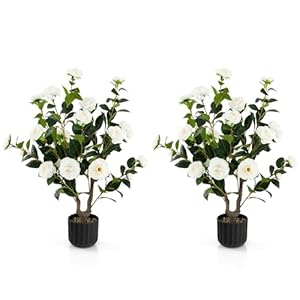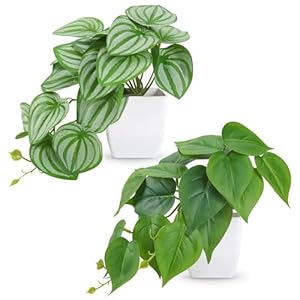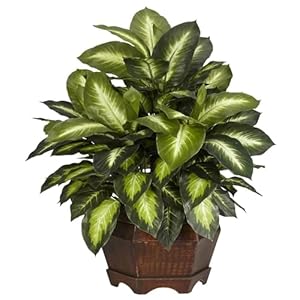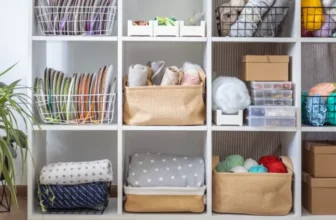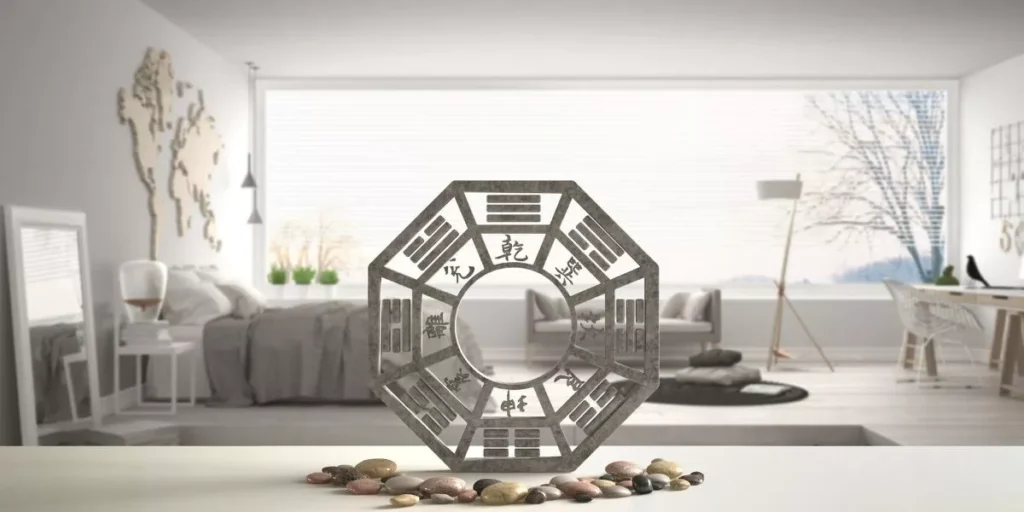
As you step into the world of Feng Shui in interior design, you’ll discover that it’s more than just furniture placement and color schemes. The art of creating balanced and harmonious spaces goes beyond mere aesthetics. By understanding the principles of energy flow and incorporating them into your home, you can transform your living environment into a sanctuary that nurtures your well-being. But how exactly can you achieve this delicate balance? Let’s explore some key insights that will set you on the path to mastering the art of Feng Shui in your home.
Understanding Feng Shui Basics
To grasp the fundamentals of Feng Shui, focus on creating a harmonious flow of energy in your living spaces. Start by decluttering your home to allow positive energy, or chi, to circulate freely. Keep pathways clear and organized to promote a sense of peace and tranquility. Incorporate elements of nature such as plants, natural light, and flowing water to enhance the flow of energy throughout your space.
Arrange furniture in a way that promotes conversation and togetherness, ensuring that each room serves its purpose efficiently. Keep your bed and desk in commanding positions to feel empowered and in control. Utilize mirrors strategically to reflect light and expand the space, but avoid placing them directly across from doors to prevent the energy from flowing out too quickly.
Applying Feng Shui Principles
When applying Feng Shui principles to your living space, focus on creating a balanced and harmonious environment that promotes positive energy flow. To start, declutter your space to allow chi, or energy, to move freely. Keep pathways clear and organized to encourage a smooth flow of energy throughout the room. Arrange furniture in a way that promotes conversation and relaxation, avoiding placing pieces in direct pathways.
Incorporate elements of nature into your design to bring balance. Use plants to add life and vitality while improving air quality. Integrate natural materials like wood, stone, or bamboo to create a grounding effect. Consider the five elements of Feng Shui – wood, fire, earth, metal, and water – and incorporate them thoughtfully into your decor to achieve a harmonious balance.
Pay attention to the lighting in your space. Opt for natural light when possible and use a combination of lighting sources to create a warm and inviting atmosphere. Ensure that each area is well-lit to enhance the flow of positive energy throughout your home. By applying these principles, you can create a space that not only looks beautiful but also feels harmonious and energizing.
Enhancing Energy Flow
Enhance the energy flow in your living space by strategically placing mirrors to reflect light and expand the sense of space. Mirrors not only add a decorative touch but also help move energy throughout the room. Position them across from windows to bring more natural light indoors, creating a vibrant and uplifting atmosphere.
Additionally, consider incorporating plants to introduce lively, fresh energy into your home. Plants aren’t only visually appealing but also purify the air and promote a sense of well-being.
Another way to enhance energy flow is by keeping your space clutter-free. Clutter disrupts the smooth circulation of energy, so make sure to declutter regularly and organize your belongings. By maintaining a tidy environment, you allow positive energy to flow freely, promoting a sense of harmony and balance in your home.
Lastly, consider adding wind chimes near entrances or windows to invite positive energy into your space and create a soothing ambiance.
Practical Tips for Home Decor
Consider incorporating functional and stylish elements into your home decor to create a space that’s both practical and visually appealing. Start by selecting furniture that serves dual purposes, such as a storage ottoman or a coffee table with built-in shelves. These pieces not only add to the aesthetics of the room but also provide extra storage space to keep your home organized.
When choosing decor items, opt for pieces that have both beauty and functionality. For example, decorative baskets can be used to store items while adding texture to the room. Mirrors not only enhance the visual space but also reflect light, making the room appear brighter and more spacious.
Incorporate plants into your decor for a touch of nature and improved air quality. Choose low-maintenance plants like succulents or snake plants to add greenery without demanding too much attention.
Lastly, consider the layout of your space to ensure that it flows well and meets your daily needs. Arrange furniture in a way that promotes easy movement and access to key areas. By combining practicality with style, you can create a harmonious and functional living environment.
Home décor

